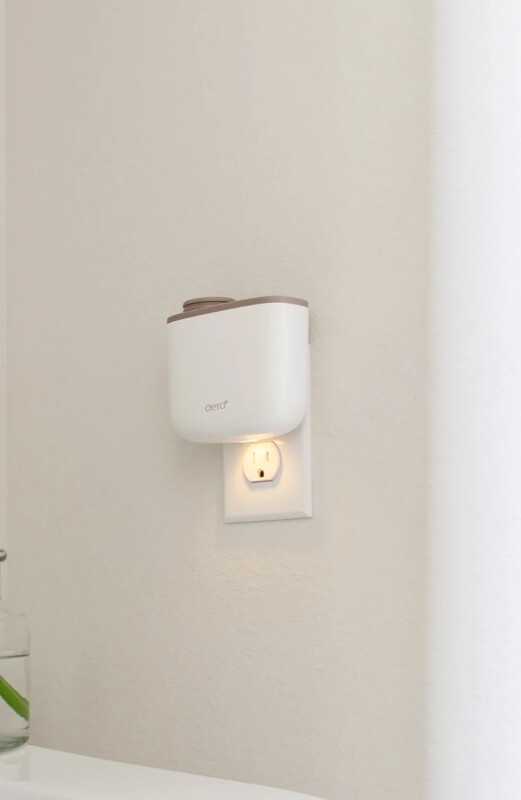
Are Bath and Body Works Wallflowers Toxic to Humans?
Bath and Body Works Wallflowers is a popular brand of home fragrance products. They are small, electric plug-in air fresheners that release a continuous scent into the air.
The main concern about the toxicity of Bath and Body Works Wallflowers is that of the release of potentially hazardous chemicals into the air, posing health risks to humans.
What chemicals are present in Bath and Body Works Wallflowers?
The chemicals used in Bath and Body Works Wallflowers vary depending on the fragrance, but some of the most common include:
- Phthalates: Phthalates are a group of chemicals used to make plastics soft and flexible. They have been linked to a number of health problems, including reproductive problems, developmental disorders, and cancer.
- Benzene: Benzene is a known carcinogen that has been linked to leukemia and other blood cancers.
- Toluene: Toluene is a solvent that has been linked to nervous system damage, birth defects, and cancer.
- Formaldehyde: Formaldehyde is a known carcinogen that has been linked to nose and throat irritation, asthma, and cancer.
What are the health risks of exposure to Bath and Body Works Wallflowers?
Exposure to the chemicals in Bath and Body Works Wallflowers can cause a number of health problems, including:
- Headaches: The strong fragrances in Bath and Body Works Wallflowers can irritate the sinuses and cause headaches.
- Eye irritation: The chemicals in Bath and Body Works Wallflowers can irritate the eyes, causing redness, watering, and itching.
- Skin irritation: The chemicals in Bath and Body Works Wallflowers can irritate the skin, causing redness, itching, and rashes.
- Respiratory problems: The chemicals in Bath and Body Works Wallflowers can irritate the lungs, causing coughing, wheezing, and shortness of breath.
In some cases, exposure to the chemicals in Bath and Body Works Wallflowers can lead to more serious health problems, such as:
- Cancer: Some of the chemicals in Bath and Body Works Wallflowers have been linked to cancer, including benzene, toluene, and formaldehyde.
- Reproductive problems: Some of the chemicals in Bath and Body Works Wallflowers have been linked to reproductive problems, including phthalates.
- Developmental disorders: Some of the chemicals in Bath and Body Works Wallflowers have been linked to developmental disorders, including phthalates.
How can minimize exposure to the chemicals in Bath and Body Works Wallflowers?
If you are concerned about the health risks of exposure to the chemicals in Bath and Body Works Wallflowers, there are a few things you can do to minimize your risk:
- Use Bath and Body Works Wallflowers in well-ventilated areas: This will help to reduce the concentration of chemicals in the air.
- Avoid using Bath and Body Works Wallflowers in small, enclosed spaces: This will help to prevent the chemicals from building up to dangerous levels.
- Do not use Bath and Body Works Wallflowers for long periods of time: This will help to reduce your exposure to the chemicals.
- Consider using a different type of air freshener: There are a number of different types of air fresheners available that do not contain the same chemicals as Bath and Body Works Wallflowers.
Conclusion
Bath and Body Works Wallflowers are a popular brand of home fragrance products, but they may pose a health risk due to the release of potentially hazardous chemicals into the air. If you are concerned about the health risks of exposure to the chemicals in Bath and Body Works Wallflowers, there are a few things you can do to minimize your risk.

Image: thefiltery.com

Image: www.polltopastern.com
Bath & Body Works why isn’t this listed on your products or disclosed… | wallflower | TikTok Product name Wallflowers Home Fragrance Refill Recommended use of the chemical and restrictions on use Application Air freshener Uses advised against No specific uses advised against are identified. Details of the supplier of the safety data sheet Supplier Bath & Body Works, Distr. 95 West Main Street, New Albany, OH 43054 1-800-395-1001